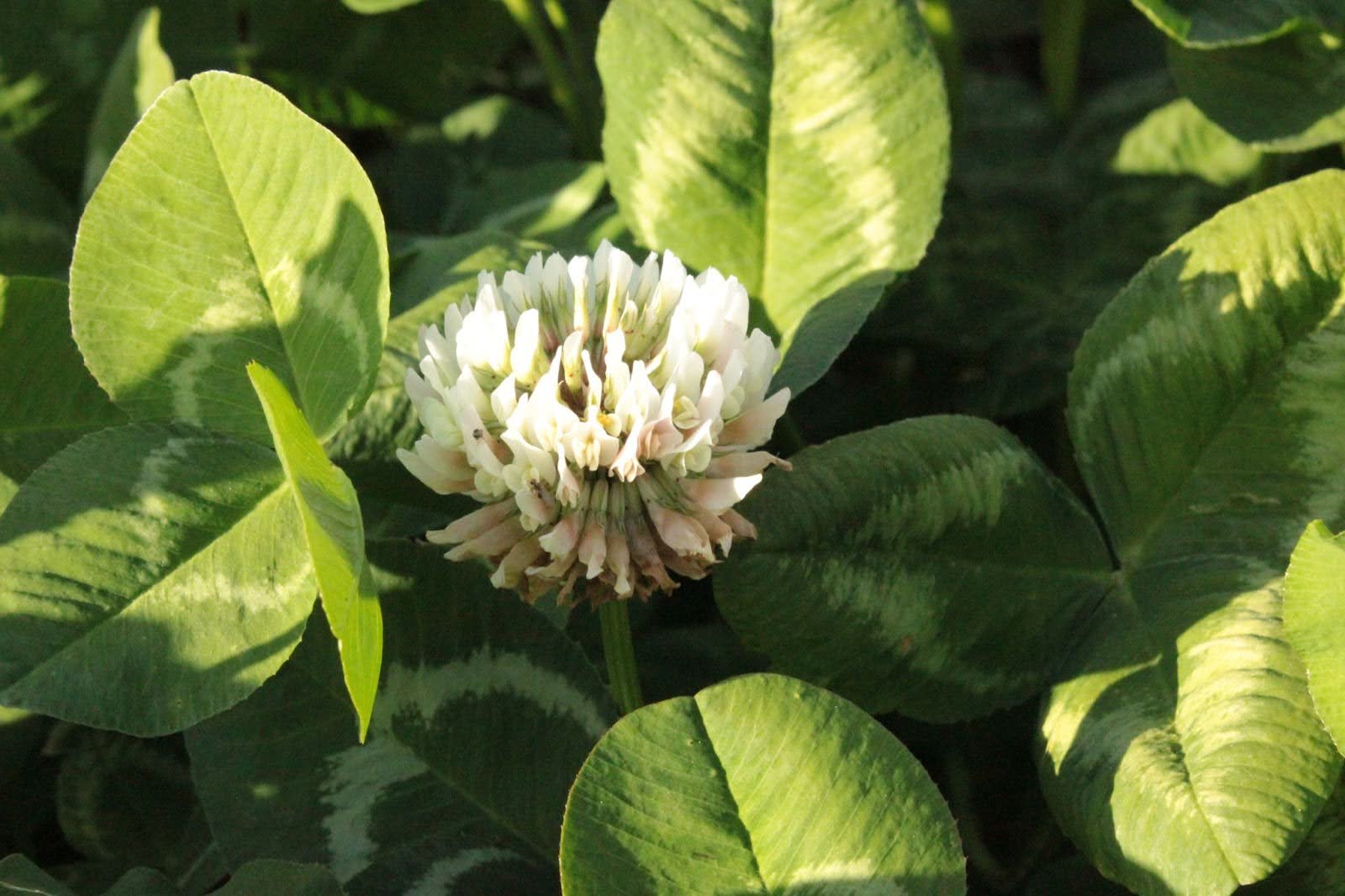

Input prices are rising far faster than inflation and, shockingly, fertiliser is now twice as expensive as it was five years ago. This, combined with the volatility of market prices for finished livestock, means that it is imperative that grassland farmers maximise efficiency in their sward management, particularly in terms of N provision.
N can of couse be added through FYM, but the most sure-fire way of increasing fertility, yields and daily live weight gain is to add clover to swards. In a grazing sward a target level of 30% white clover will fix around 150-200kg N/ha, and the cost of overseeding this clover into the ley is far less than applying the same amount of artificial N. It will also result in better DLWG than grass-only leys.
For silage leys red clover has a higher protein percentage (around 20%CP) than grasses and fixes 150-200kg N/ha. Removing cuttings for silage actually stimulates nitrogen fixation, so the amount of N fixed could actually be higher than 200kg N/ha, depending on growing conditions in a particular season.
When thinking about a new ley, several considerations should be taken into consideration:
- Proposed duration of ley
- Purpose of ley (grazing/silage/hay making)
- Type of livestock to be supported (as cattle and sheep have very different grazing habits, so suit different types of clover)
- Local climatic conditions and soil type
These factors will determine the right mixture to plant. As well as red and white clover, other legumes such as lucerne and sainfoin can offer superb animal forage as well as supplying their own nitrogen.
Many are concerned about the risk of bloat when grazing legumes, but careful management will take risk down to a minimum and the inclusion of sainfoin in a sward can remove the risk completely.
Legumes can be relied upon to increase fertility in the soil, and improve DLWGs in livestock. In addition, their addition in the sward will add vital organic matter to soil, improving water and mineral retention and microbacterial activity.
With input prices not looking like falling any time soon, legumes really are the answer.
Date Posted: 5th March 2011



